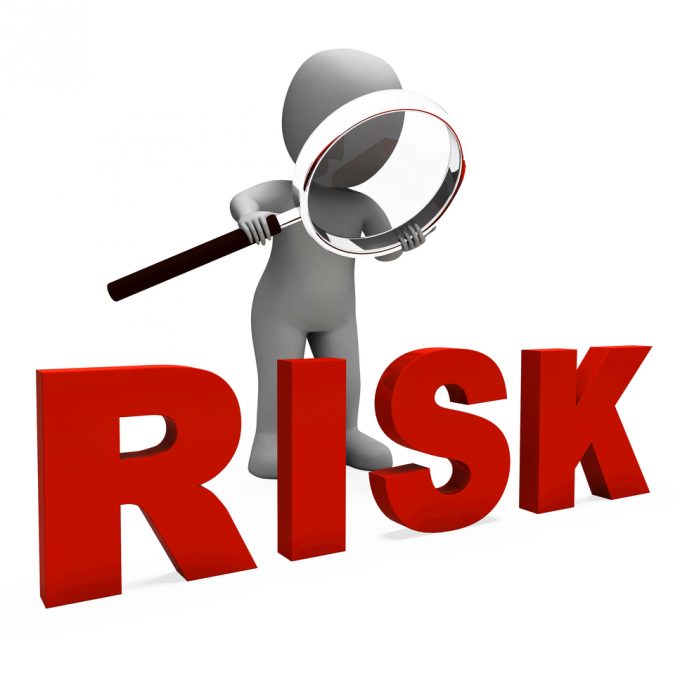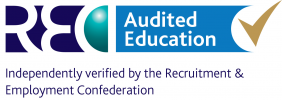Reopening safely during coronavirus (COVID‑19)
This guidance helped us carry out our risk assessment to make sure we keep employees and other people on site safe when opening during coronavirus (COVID‑19). The decision to return to the workplace has been made in meaningful consultation with workers, including through trade unions or employee representative groups where they exist. This includes a discussion of the timing and phasing of any return and any risk mitigations.
We also consider the security implications of any decisions and control measures we want to put in place, as any revisions could present security risks that may require mitigation.
We have, and will engage with workers to make sure they feel safe returning to work, and are not being forced into an unsafe workplace.
We will follow all instructions from authorities in the event of new local restrictions.
The Public Health England report Disparities in the risk and outcomes of COVID-19 shows that some groups of people may be at higher risk of infection or suffering from adverse effects if infected. We have considered this in our risk assessment. The higher-risk groups include those who:
- are older males
- have a high body mass index (BMI)
- have health conditions such as diabetes
- are from some Black, Asian or minority ethnicity (BAME) backgrounds
We have considered this in our risk assessment.

Recording our risk assessment
We will write down the findings of our risk assessment.
We will consider the protected characteristics of our employees, visitors and customers when conducting our risk assessment.
We will share the results of our risk assessment with our workforce by displaying it prominently in our workplace, as well as on our website and social media.
Where spaces have been repurposed, we will carry out a fire risk assessment.
Working on site
To keep employees and volunteers safe we will:
- make sure on-site employees can spot symptoms
- tell workers with symptoms to quarantine immediately
- explain new procedure and provide training where necessary
- consider the protected characteristics of our employees when making decisions, and to prevent discrimination
To support employees working remotely we will:
- provide the right equipment for people to work from home
- keep remote and on-site employees connected
- send updates to employees when the situation changes
- make sure we consider employees’ needs (we have a responsibility to prevent discrimination at work)
- look after people’s mental health
From August 1, clinically extremely vulnerable people can go to work as long as the workplace is covid-secure, but should carry on working from home if possible. If they cannot work from home, they will be offered the safest available roles at work so they can maintain social distancing. If appropriate, for clinically extremely vulnerable people to do an alternative role or adjust their working pattern temporarily.
We will have individual discussions with our workers where reasonable, including those who are clinically extremely vulnerable and therefore may be returning to the workplace, to consider any uncertainties they have about precautions in place to make the workplace safer.
If you are concerned about returning to work, check if you should go back to work.
NHS Test and Trace
There is a higher risk of transmitting COVID‑19 in premises where customers and visitors spend more time together in one place and potentially come into close contact with other people outside their household.
We will assist the test and trace service by keeping a temporary record of our staff shift patterns for 21 days and assist NHS Test and Trace with requests for that data if needed. This could help contain clusters or outbreaks.
Check the detailed guidance for what data you need to collect and how it should be managed.
How to ensure social distancing on site
We will always:
- stay 2 metres apart from other employees and customers (or 1 metre with risk mitigation where 2 metres is not viable)
- wash hands and clean surfaces frequently
- put up signs and use floor tape to remind people to keep social distance
- keep the number of employees on site to a minimum
- wash our hands and clothes after helping someone in an emergency
- make sure we have enough appropriately trained staff to keep people safe (for example, having dedicated staff to encourage social distancing or to manage security)
- limit access to the kitchen
- limit contact between the kitchen workers and other employees (also when on breaks)
- have screens between equipment in larger kitchens
- have one person at a time getting things from the pantry, fridge and freezer
- minimise contact with other employees when handing over food
- ask employees to change into work uniforms on site (providing changing areas where social distancing is possible)
- keep the activity time as short as possible
- space out client chairs and workstations, and place screens or barriers to separate customers
- advise workers to wear visors when working within 2 metres of clients (everyone working in close proximity for an extended period of time must wear a visor and a Type II face mask)
- move seating in waiting areas to encourage social distancing
- work side by side or back-to-back rather than face-to-face
- have fixed teams to minimise exposure
- provide training for workers on new ways of working
Where we cannot stay 2 metres apart (or 1 metre with risk mitigation where 2 metres is not viable) we will:
- only work together up to 15 minutes at a time
- use screens and barriers to separate people where possible
- work side by side or back-to-back rather than face-to-face
- have fixed teams to minimise exposure
Entrances and exits
We will:
- stagger arrival and departure times for staff, visitors and guests
- open more entrances and exits to the site
- use screens in reception areas
- mark a one-way flow where possible
- provide hand washing facilities or hand sanitiser
- provide more parking
- provide facilities to help people cycle, run or walk to work (for example, bike racks)
- make sure it’s safe to queue and not in the way of traffic (for example, you can route the queues behind permanent physical structures such as street furniture, bike racks or bollards, or put up barriers)
Moving around the site
We will:
- close off areas that are not essential
- put up signs to use stairs instead of lifts, while keeping access to lifts for disabled people
- review layouts and processes to allow employees to work further apart from each other, for example by assigning employees to specific areas of the restaurant or sections of the bar or counter
- ask people to store personal items in lockers
- control the use of corridors, lifts and similar areas, for example with markings on the floor
- have floor markings where people queue (for example, toilets)
- stagger break times and, if possible, have breaks outdoors
- arrange seating in break areas 2 metres apart (or 1 metre with risk mitigation)
- make sure the smallest possible number of people share equipment and workstations
- put up screens where we cannot put workstations 2 metres apart
- limit the number of people handling equipment
- make sure air filters in high-risk areas are installed and maintained to reduce the risk from airborne particles
- avoid hotdesking
- sanitise workstations between occupants where people share
- rearrange desks to avoid face-to-face working
- use 2 metre floor markings outside the shop to organise queues
- think about how to display promotional materials to allow employees and customers to stay 2 metres apart
- encourage employees to stay on site during the day (for example, if they go out for lunch, they should social distance)
Cleaning
To minimise the risk of the virus spreading we will:
- clean the site before we reopen
- clean work areas, surfaces and equipment frequently between use with our usual cleaning products
- clean busy areas frequently and thoroughly
- restrict the use of items that are touched often
- provide more bins and empty them more often
- clear workspaces and remove waste and belongings from the area at the end of a shift
- make sure that housekeeping staff follow government handwashing guidelines, and make a checklist of all surfaces to be cleaned when each guest vacates
- clean keys between guests
Handwashing, toilets, changing rooms and showers
We will:
- use signs and posters with instructions for employees to wash their hands for 20 seconds as often as possible, to avoid touching their faces and to catch coughs and sneezes in tissues
- remind employees regularly to wash their hands
- provide hand sanitiser throughout the site and in washrooms
- make sure toilets are kept clean at all times
- provide paper towels or electric dryers
- make sure all water systems, for example showers and sinks, are safe to use after a prolonged facility shutdown to minimise the risk of legionella and other diseases
Handling goods, equipment and merchandise
There may be a risk of the virus coming into the workplace through goods or merchandise. To avoid this we will:
- make sure workers handling goods and merchandise know to wash their hands more often
- provide more handwashing facilities and hand sanitisers
- have a process for cleaning goods and merchandise coming into the workplace or onsite
- clean things like reusable delivery boxes regularly
- minimise client contact with testers
Ventilation
Before we reopen we will:
- check if we need to service or adjust ventilation systems, for example they shouldn’t automatically reduce ventilation when there are fewer people on site
- get advice from your heating ventilation and air conditioning (HVAC)
Keeping safe in meetings
We will:
- only have meetings in person if we cannot meet remotely
- stay 2 metres apart (or 1 metre with risk mitigation where 2 metres is not viable)
- use signs on the floor to help people maintain social distancing
- have meetings outdoors or in ventilated rooms
- not share objects like pens
- have hand sanitiser in meeting rooms





